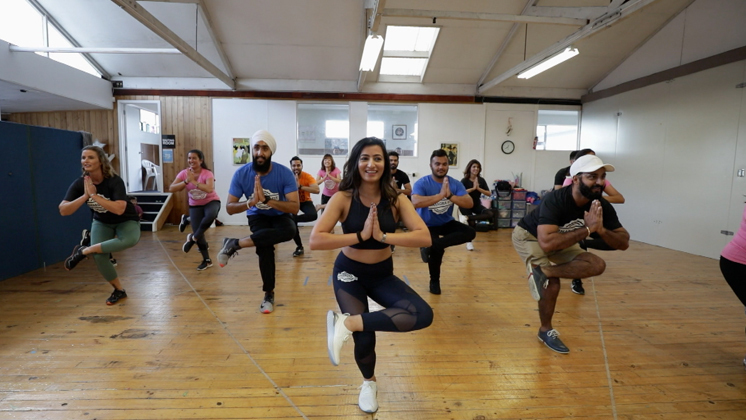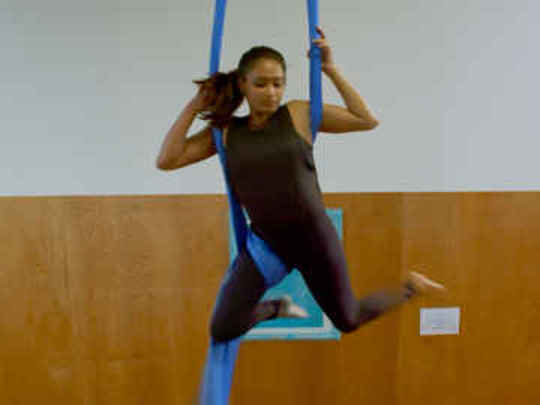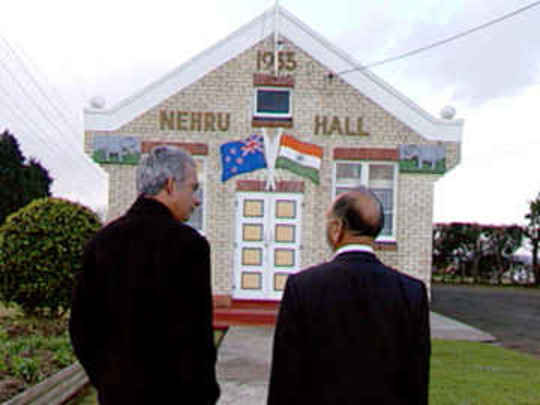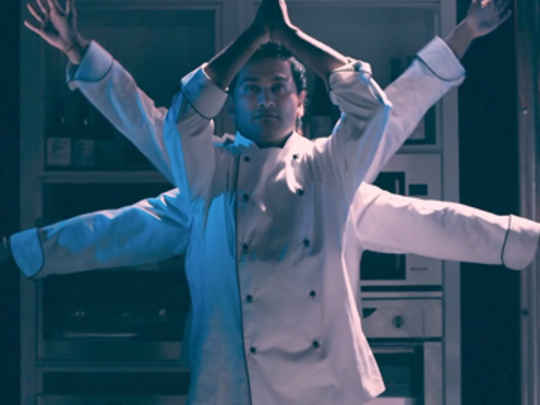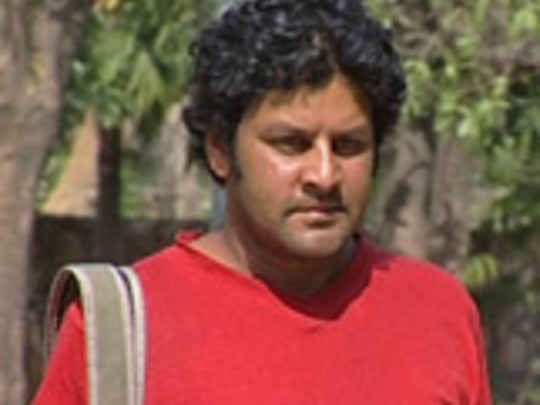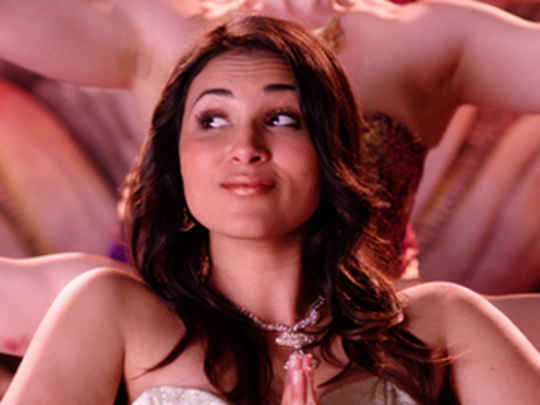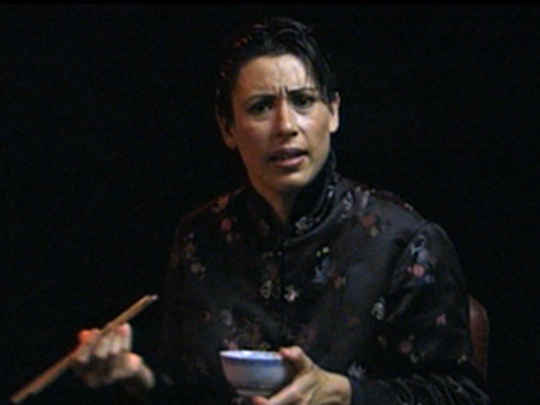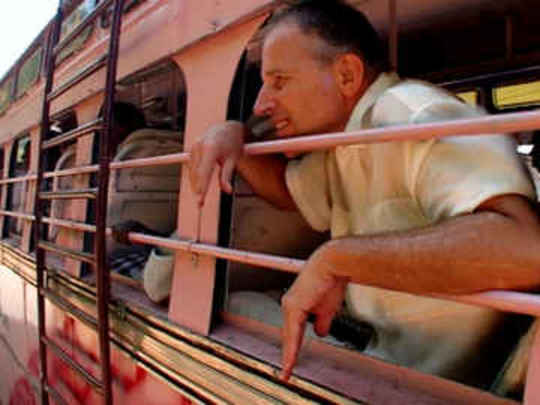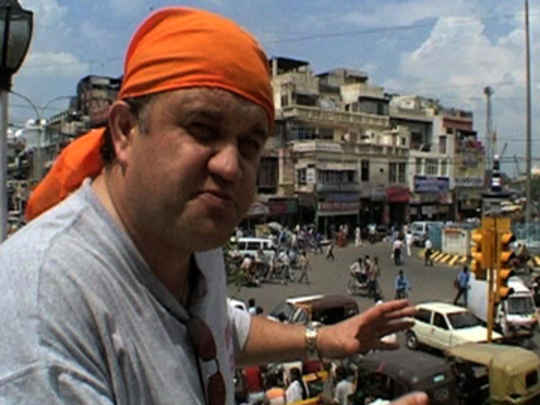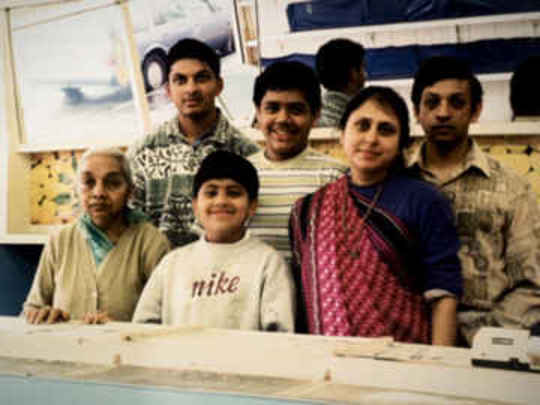Namaste New Zealand (9) - Series Two, Episode One
Television (Full Length Episode) – 2019
People in our community — they're not fond of gyms, and Indian women they relate to what we do in Bhangra Fit. It's an easy to follow workout and we've customised it in a way that it suits people of all fitness levels, so the classes have proved very effective...
– Bhumika Dhingra on the success of her Bhangra Fit dance classes with Indian women
The biggest difference between the two is that if you go to Asia and speak to the people there, you will see that they teach their children how to save. Save and then spend.
– Massey University's Dr Pushpa Wood compares the different attitude Asian and Kiwi parents and children have to money
They like the music, they like that it doesn't get them too puffed, like it's not super, super energetic, but it's something that they can do.
– Epsom Girls' Grammar PE teacher Claire McConachie on why her students enjoy Bhangra Fit classes
Indian looks so simple but I think it's one of the most complex cuisines . . . There's so many layers of flavour but when you eat it, it might be just a curry, but it can take up to four, five hours — sometimes even a couple of days — while the sauce is being prepared.
– Chef and restaurateur Sid Sahrawat on the complexities of Indian cooking
I think if you want to achieve perfection you have to have certain standards, and precision.
– Chef and restaurateur Sid Sahrawat on being a perfectionist
...it expresses so much fun, it expresses so much happiness. I think it's the beat of the bhangra — it's so upbeat, so full of energy that as soon as you hear that beat, all the endorphins start flooding your body.
– Bhumika Dhingra explains what makes bhangra dancing unique
Mumtaz [Mahal], she's the one who brought biryani to India . . . She found that all the soldiers were very weak . . . To give some protein and make them really strong, they included rice along with meat and they started cooking.
– Chef Raj Balakrishnan argues that Mughal Queen Mumtaz Mahal invented biryani
